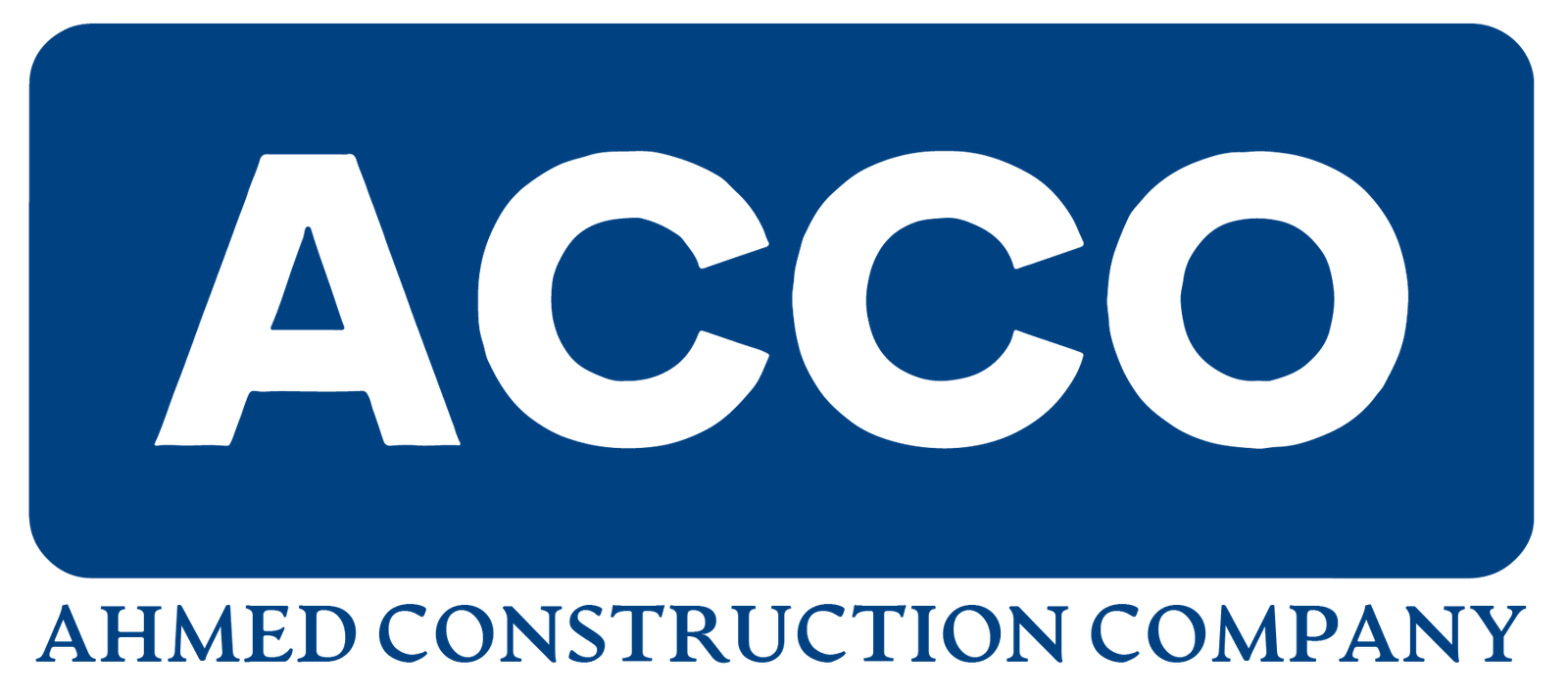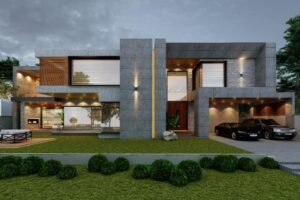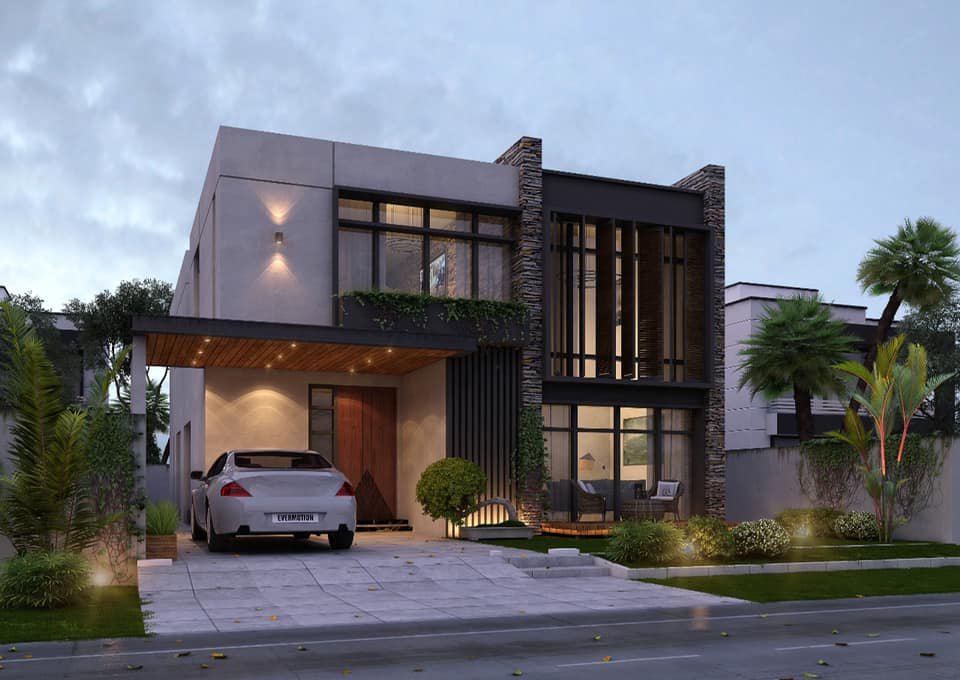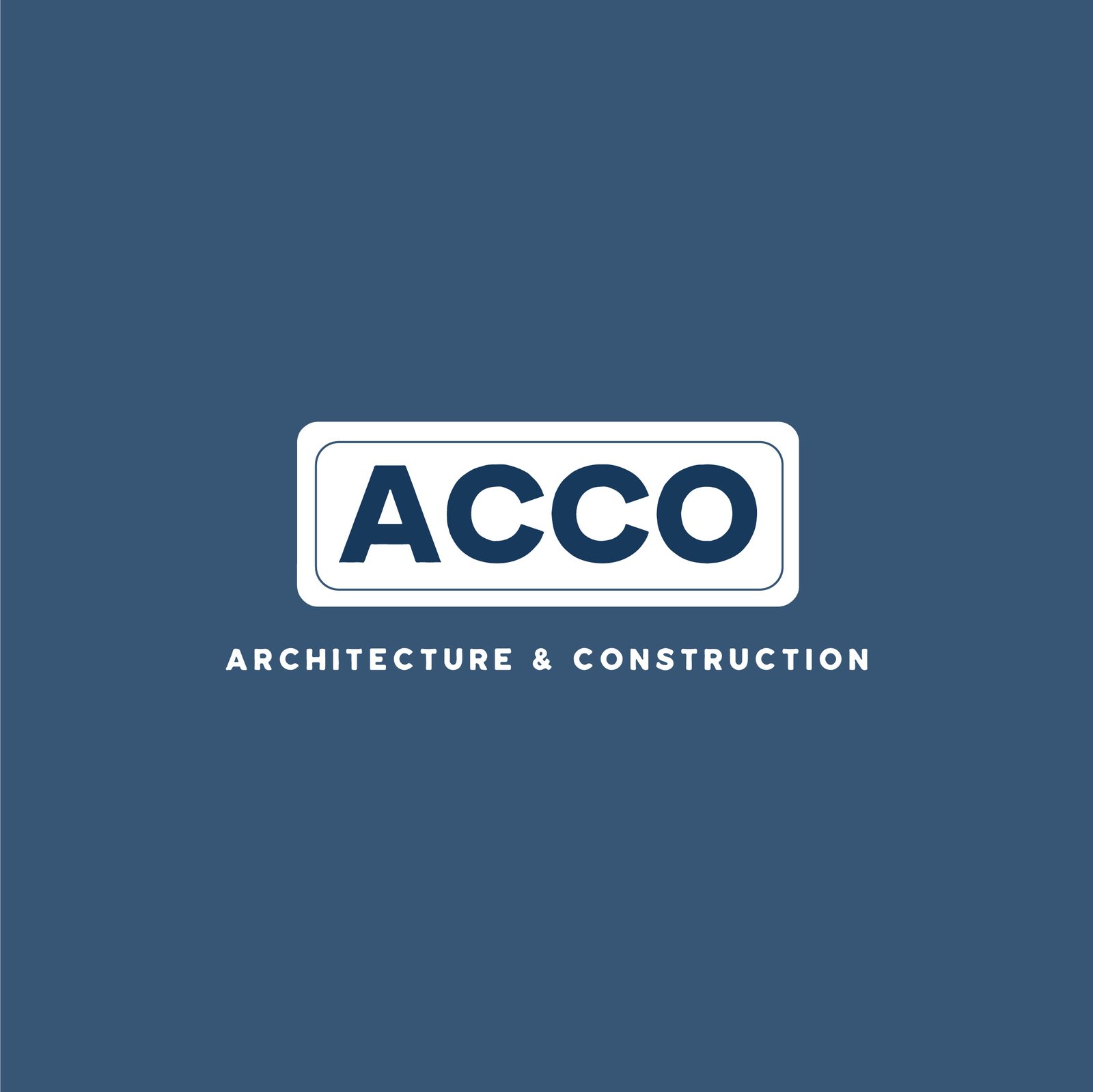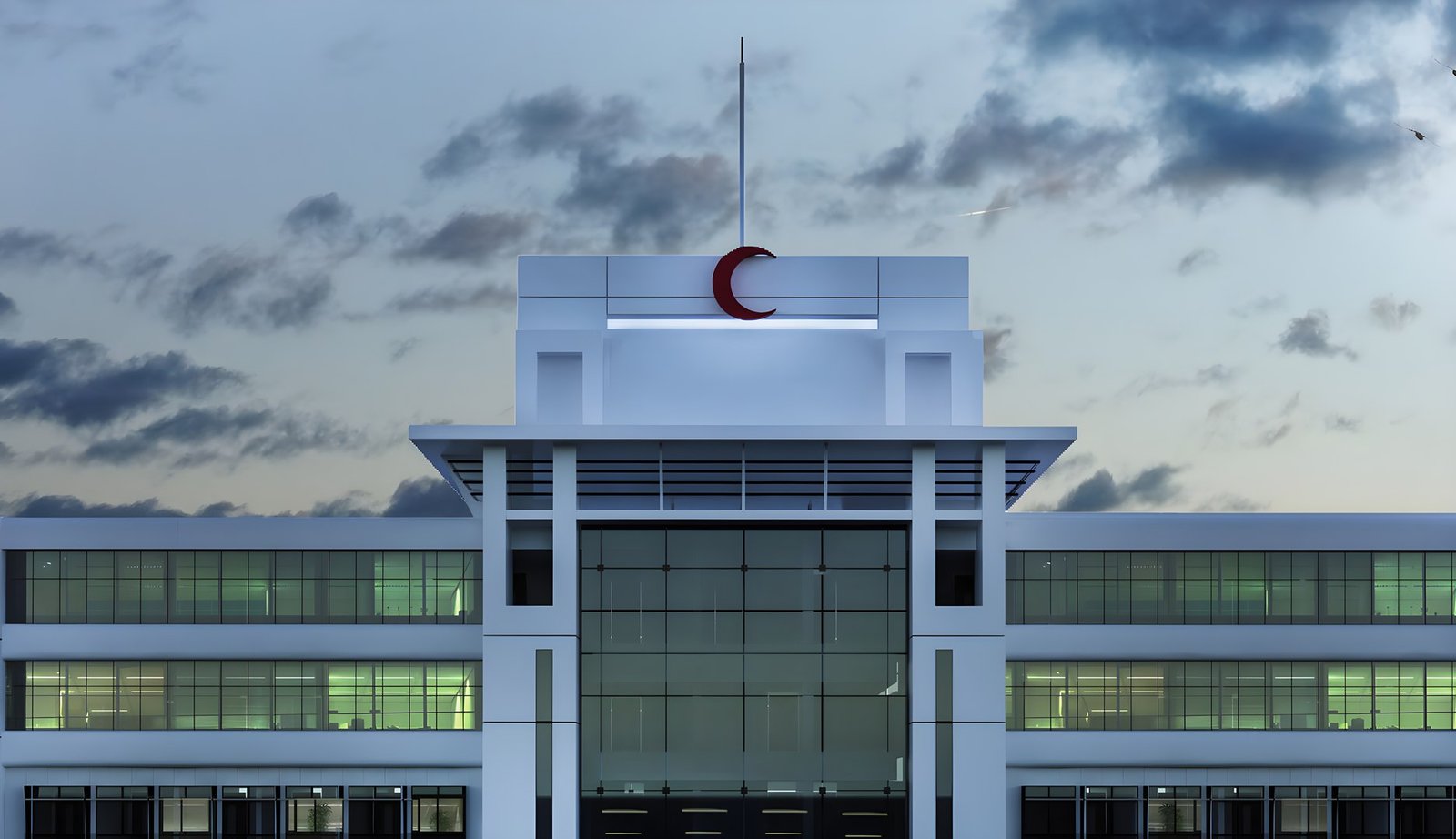
ACCO Innovative Hospital Layouts in Pakistan: Enhancing Efficiency and Care
Innovative hospital layouts are crucial for enhancing both efficiency and patient care. In Pakistan, firms like ACCO are leading the way in integrating advanced design principles to create hospital environments that optimize operational workflows, improve patient experiences, and support high-quality care. Here’s a look at some of the innovative hospital layouts being implemented in Pakistan and their benefits:
1. Modular and Flexible Design
- Concept: Modular design involves creating hospital spaces that can be easily reconfigured or expanded as needed. This flexibility allows hospitals to adapt to changing healthcare demands and incorporate new technologies.
- Benefits:
- Scalability: Facilities can be expanded or modified without major overhauls.
- Cost Efficiency: Reduces the need for extensive renovations and supports phased development.
- Adaptability: Allows for quick adjustments in response to emerging healthcare trends or emergencies.
2. Efficient Workflow Optimization
- Concept: Innovative layouts streamline the workflow of medical staff by reducing travel distances, minimizing bottlenecks, and centralizing key departments.
- Benefits:
- Enhanced Productivity: Efficient layouts reduce the time staff spend moving between areas, allowing them to focus more on patient care.
- Improved Coordination: Centralized departments such as radiology and laboratory services facilitate better coordination and quicker turnaround times.
- Reduced Stress: Simplified workflows contribute to a less stressful work environment for staff.
3. Patient-Centered Design
- Concept: Layouts are designed with a focus on improving the patient experience. This includes private rooms, easy navigation, and spaces that promote relaxation and healing.
- Benefits:
- Increased Comfort: Private rooms and patient-friendly amenities enhance comfort and privacy.
- Positive Experience: Features such as natural light, calming colors, and patient-focused amenities contribute to a better overall experience.
- Faster Recovery: Healing environments support quicker patient recovery and improve overall health outcomes.
4. Integration of Technology
- Concept: Hospitals are designed to seamlessly incorporate advanced medical technologies and IT systems, including smart infrastructure and telemedicine facilities.
- Benefits:
- Enhanced Care: Integration of cutting-edge technologies supports advanced diagnostics, treatment, and monitoring.
- Efficient Operations: Technology-driven systems improve operational efficiency and data management.
- Future-Readiness: Layouts are designed with future technological advancements in mind, ensuring long-term relevance.
5. Sustainable and Green Design
- Concept: Incorporating sustainable practices into hospital layouts, such as energy-efficient systems and eco-friendly materials, contributes to environmental responsibility and operational cost savings.
- Benefits:
- Reduced Environmental Impact: Sustainable designs lower the hospital’s carbon footprint and conserve resources.
- Cost Savings: Energy-efficient systems and sustainable materials reduce long-term operational costs.
- Enhanced Well-Being: Green design elements, such as green roofs and natural ventilation, contribute to a healthier environment for patients and staff.
6. Multi-Functional Spaces
- Concept: Designing spaces that can serve multiple purposes enhances flexibility and maximizes the use of available space.
- Benefits:
- Versatility: Multi-functional areas can be adapted for different uses, such as combining patient rooms with recovery areas or integrating waiting rooms with consultation spaces.
- Efficient Use of Space: Reduces the need for additional rooms and supports better space utilization.
- Improved Service Delivery: Flexible spaces allow for better management of patient flow and service delivery.
7. Community Integration
- Concept: Modern hospital layouts often include community spaces and wellness centers that extend the hospital’s role beyond traditional medical care.
- Benefits:
- Broader Impact: Community spaces promote health education, preventive care, and wellness initiatives.
- Enhanced Accessibility: Provides easier access to healthcare services and resources for the local community.
- Stronger Community Ties: Fosters a stronger connection between the hospital and the community it serves.
8. Enhanced Safety and Infection Control
- Concept: Layouts incorporate design elements that enhance safety and infection control, such as isolation rooms, advanced ventilation systems, and easily cleanable surfaces.
- Benefits:
- Reduced Infection Risk: Improved infection control measures protect patients and staff from the spread of diseases.
- Safe Environment: Design features like negative pressure rooms and controlled access areas enhance overall safety.
- Compliance: Ensures adherence to health and safety regulations, contributing to a safer healthcare environment.
9. Inclusive Design
- Concept: Inclusive design ensures that hospital layouts accommodate all patients, including those with disabilities, the elderly, and those with special needs.
- Benefits:
- Accessibility: Features such as wheelchair-accessible entrances, clear signage, and adaptable facilities ensure that everyone can navigate and use the hospital comfortably.
- Equitable Care: Promotes equitable access to healthcare services and supports a diverse patient population.
- Enhanced Experience: Provides a more comfortable and accessible environment for all patients and visitors.
10. Evidence-Based Design
- Concept: Utilizing evidence-based design principles involves incorporating research and data into the design process to create environments that improve patient outcomes and staff performance.
- Benefits:
- Improved Outcomes: Evidence-based design principles lead to better health outcomes through informed design choices.
- Optimized Performance: Enhances staff efficiency and reduces errors by creating environments that support best practices.
- Data-Driven Decisions: Design decisions are based on empirical evidence and proven design strategies.
Conclusion:
Innovative hospital layouts in Pakistan, as exemplified by ACCO and other leading design firms, are enhancing efficiency and care by focusing on modularity, workflow optimization, patient-centered design, technology integration, sustainability, and community integration. These modern design approaches contribute to creating hospitals that are not only functional and efficient but also supportive of high-quality patient care and a positive healthcare experience.
4o mini
